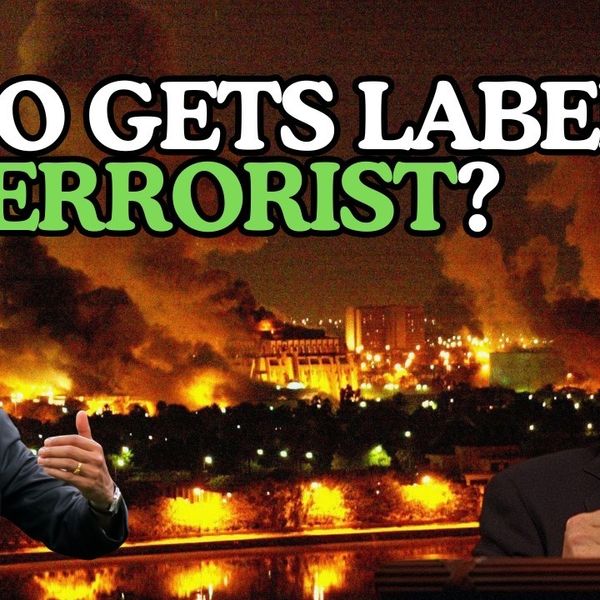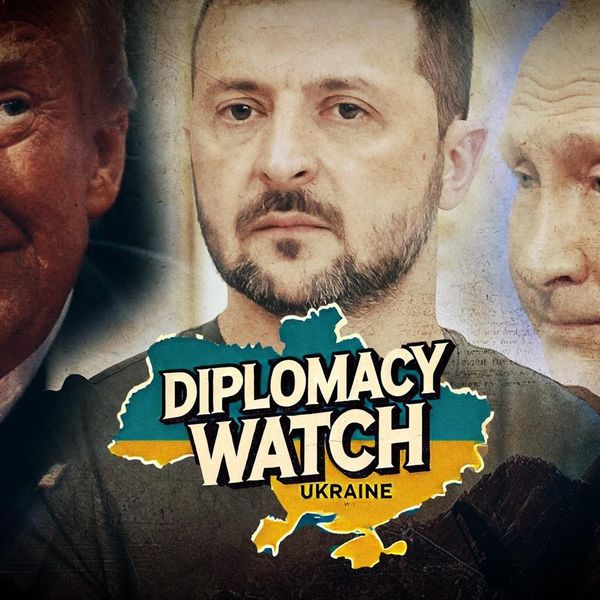President-elect Trump says he can end the war in Ukraine in a day.
But there is a catch. Washington institutions and EU policy makers have Trump-proofed the war for at least another year. This idea — that hard-wired Western support for President Volodymyr Zelenskyy’s fight against Russia could be insulated from the incoming U.S. president — has been cooking for the past year.
In the month before the first votes had been cast in this week’s U.S. election, policy makers on both sides of the Atlantic had been solidifying their fortifications against the risk of a Trump victory. In its October report, the International Monetary Fund — which the developing world often sees as a rich country club serving Western interests — made a baseline assumption that war in Ukraine would “wind down in late 2025,” at the earliest, one year after the U.S. election.
Provisional Western funding for another year of war had already been secured in June in the form of the G7’s $50 billion lending package for Ukraine. That gives Zelenskyy enough to plug the yawning hole in his state finances sufficiently to keep fighting. He will still need to manage other significant risks along the way, not least of which include the country’s energy infrastructure and military mobilization. Ukraine recently announced a plan to mobilize a further 160,000 troops following the April decision to lower the age of military draftees from 27 to 25.
But the EU has been working hard to ensure that Zelenskyy can take the risk, underwritten with European money. Although what they have created is catastrophically ill-thought through.
The European Union loan itself — up to a maximum of €35 billion (around $38 billion) — is so high precisely because of the uncertainty about whether the U.S. would match the funding of other G7 nations. This is Trump-proofing in action. In essence, even if Trump doesn’t agree to the proposed $20 billion U.S. contribution made by Biden, Europe is prepared to cover the cost of another year of devastating war.
Little matter that, for Ukraine itself, $50 billion in extra debt represents around 30% of GDP for one year of fighting — if the country hasn’t collapsed in that time. According to the IMF, if war does indeed end in late 2025, Ukrainian debt will hit 108% of GDP and only start to fall in 2028. In this scenario, Ukraine’s economy wouldn’t return to its pre-war size until 2031, representing nine years of lost growth.
If war continues into 2026 (the IMF downside scenario), debt will hit a massive 136% of GDP, and Ukraine’s economy will be further stunted.
The G7 funding was made on the naive assumption that Ukraine would never have to repay it, or, in the IMF’s words, “to ensure debt sustainability.”
In late October, the European Parliament agreed on a Ukraine Loan Cooperation Mechanism as “non-repayable financial support” to cover any repayments Ukraine needs to make against the G7 loan package of $50 billion. Separate from the G7 loans, it is the pot of funds made up of the profits from seized Russian assets of €210 billion (about $225 billion) held in EuroClear in Belgium. These funds currently generate around €4-5 billion ($4.3-5.4 billion) in profit each year although some of that profit is already being used, for example, in restoring Ukraine’s energy infrastructure.
However, this Loan Cooperation Mechanism could easily fall apart in the coming year. Self-evidently, if a ceasefire is agreed in Ukraine and a peace process, finally, launched, Russia will press hard for the return of these assets as part of staged sanctions relief.
U.S. officials under the Biden administration had been pressuring the EU to agree to a longer freezing of Russian assets of 3-5 years, although Hungary blocked a decision to change EU policy on sanctions renewal until after the U.S. election. With Trump now elected, Hungary, and possibly others, likely won’t want to set the Russian asset freeze in stone.
Look at the EU small print, and you’ll see that if funds from frozen Russian assets run out or if no funds are received from Russia for war reparations, then Ukraine will have to service the loan itself.That would explode the IMF’s claim that this debt is sustainable and put significant additional pressure on Ukraine’s flagging finances. Economies rebound after wars though, so, perhaps, some might argue, this is worth the risk. Growth over time would help to reduce the massive Ukrainian debts brought on by war.
But what benefit is another year of fighting when Ukraine is losing the war in its east? Russia’s Donbas offensive sped up ahead of the U.S. election with a major southern push towards Khurakove. Around 50% of Donetsk remains under Ukrainian control, including major centers such as Kramatorsk and Pokrovsk. At the current rate of military progress, it would, according to some commentators, take Russia at least another year to complete its conquest of the Donbas.
Although with Ukraine potentially demoralized by the change in power in Washington, Russia will continue to press its advantage and gobble up more ground before Trump takes office. There is no foreseeable military scenario at the moment which predicts that Ukraine will reverse the tide of Russian advances. Despite stop-start talks in Qatar, Russia will continue to pummel Ukraine’s critical national infrastructure, rendering life miserable for even more Ukrainian people as the winter grows colder.
By giving Ukraine an extra $50 billion in lending, Europe will simply be helping Ukraine manage to sacrifice more of its land, at a huge cost in death and destruction.
As Vice President-elect JD Vance pointed out in April, the math doesn’t add up. And with a now significant possibility that U.S. weapon supplies will dry up, the risk of a complete collapse of Ukraine’s front line will grow.
The best way to stand with the glorious country of Ukraine is to end this nonsense and finally sue for peace. That will require difficult conversations between the 47th president of the United States and his war-hungry European colleagues. But first, he needs to pick up the phone to Putin and Zelenskyy.
- Ukraine War well beyond Trump-Harris election ›
- NATO seeks to ‘Trump proof’ Ukraine aid ›
- Trump has a mandate to end the Ukraine War | Responsible Statecraft ›
- Ukraine’s best hope for peace looks a lot like Donald Trump | Responsible Statecraft ›
- McCarthyism, European style: The elite crackdown on Ukraine dissent | Responsible Statecraft ›















